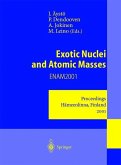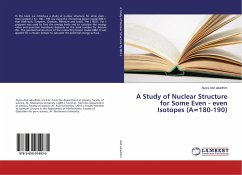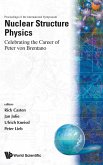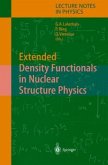The ground states of weakly-bound nuclei are proximal to decay thresholds, meaning that one observes clusters or even haloes in their ground- or low-lying states. These structures are difficult to model microscopically, being difficult to access in tractable model-spaces. Models do, however, remain desirable for astrophysical applications. Fermionic Molecular Dynamics (FMD) is ideally-suited to addressing this problem, as it provides a Hilbert space capable of accessing both cluster structures and compact structures tractably and consistently. Our calculations reproduce the proton halo of 8B and the clustering in the ground states of nuclei of the A=8 and A=9 systems. Our calculated observables, such as radii, compare favourably with experiment and current theory. It was additionally observed that Coulomb energy is the primary lifter of degeneracy of the energy-levels of the mirror nuclei in these systems, and that subtraction of a Coulomb energy calculated from structure can restore this degeneracy. This serves as a caveat against oversimplification when calculating Coulomb energies of weakly bound nuclei.
Bitte wählen Sie Ihr Anliegen aus.
Rechnungen
Retourenschein anfordern
Bestellstatus
Storno








